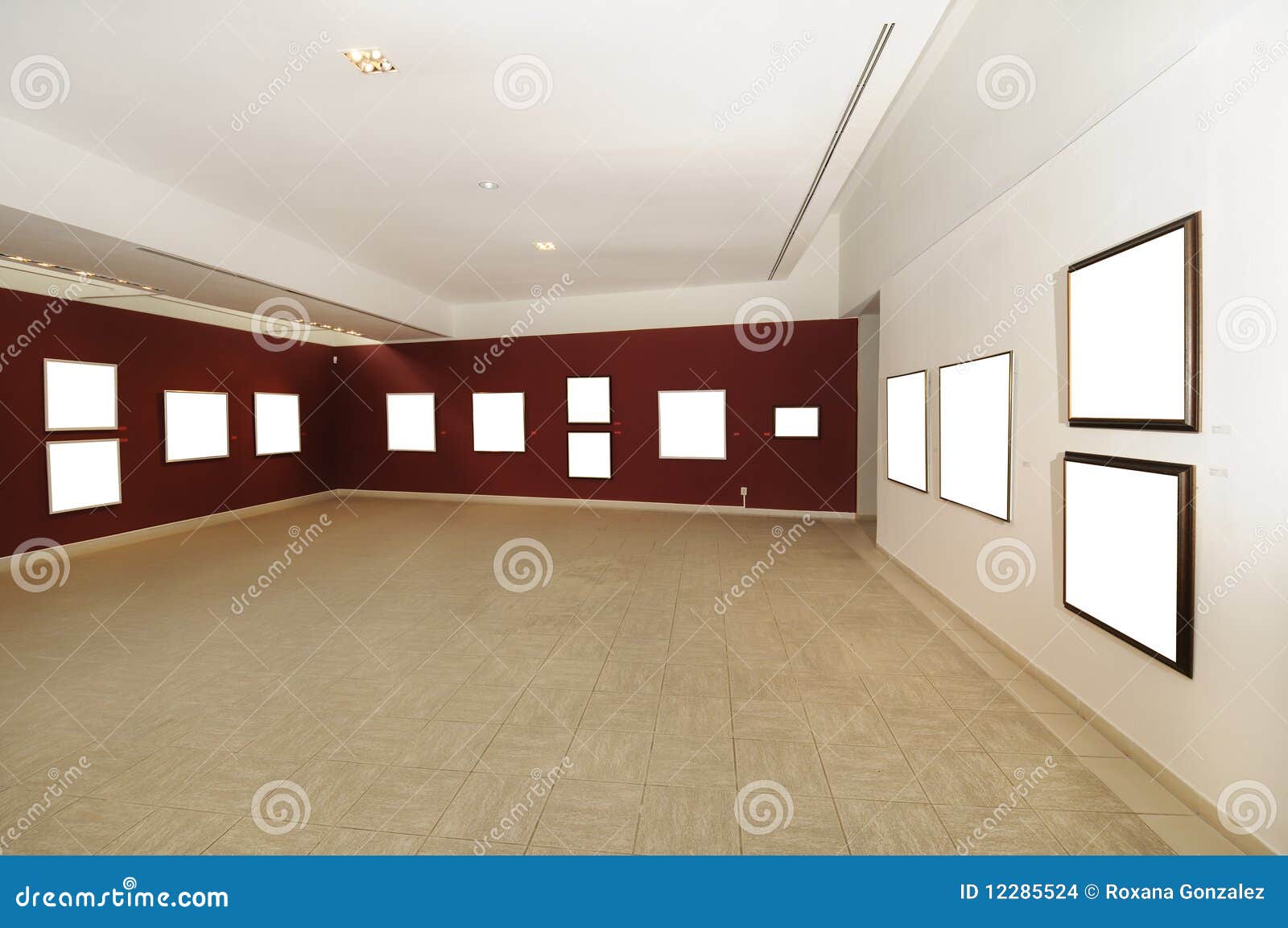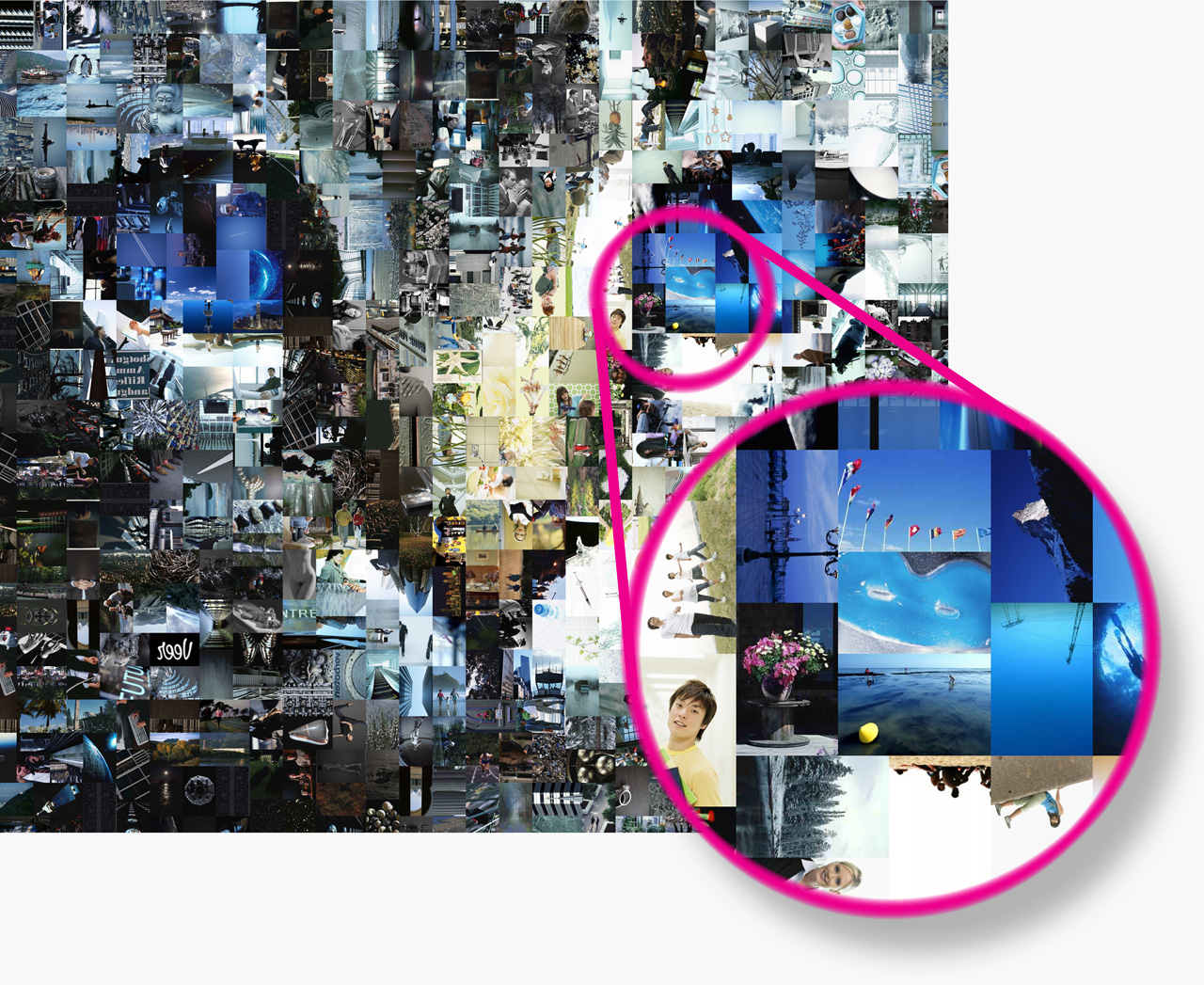Authenticity – (n):
The quality or condition of being
authentic, trustworthy, or genuine.
American Heritage Dictionary of the English Language.
When I recently visited Baltimore for a conference, I stayed
an extra day to roam about by myself. My
wandering brought me to the water along the Inner Harbor, where I encountered
the famous masted ship Constellation. As a ball cannot avoid rolling downhill, I’m
unable to avoid historical markers; I learned about Constellation’s 1854
construction, but also read that it dates to the late 1790s – six pieces
of wood from the original Constellation were used in the ship currently resting
in Baltimore’s harbor (the exact location of these pieces is unknown).
Historic Ships of Baltimore.

The sloop is a real ship, and it’s pretty old. But how old is it? Is it a mid-19th century ship, or
a late 18th century? I think
most would agree that it’s a mid-19th century vessel with older
elements. This sort of reuse of older
components is common, particularly to large antiques. More than once I’ve toured a historic house
only to discover that the foundation dates to one year, and the rafters to
another, with architectural elements brought in from all over.
How many mediaeval builders got lazy and took
stones from nearby Roman roads to place in their defensive walls? If Romans originally quarried and shaped the
stones, can we say they date to the Roman period? Not likely, since the intent of the creators
was a road, not a wall.
Restored cars
and paintings often contain new pieces intended to mimic the original. Skilled craftsmen painstakingly recreate the
damaged or missing sections to improve the appearance or function of the
historic object.
Are those restored
objects still the genuine article, that is to say – are they authentic?
Sistine Chapel’s ceiling, before and after restoration.
One of my favorite examples of questionable authenticity is
located in my favorite town. The Fountain of Youth in St. Augustine,
Florida, is located near the beautiful intercostal waterway. A tourist trap for decades, the Fountain of Youth implies Juan Ponce de
Leon landed in that location in search of his fable. (He probably didn’t.)

If Authenticity is difficult to pin down in an object- or place-centered
discussion, how can we describe an authentic experience for ourselves? Each of us is comprised of our past
experiences, and we encounter external influence daily, from the media telling
us how to dress and act, to cultural expectations. All these seek to crush the person we might
otherwise become. The existentialist
Sartre argues that living an authentic life means being true to our nature,
whatever that may be. Rather than aiming
to be a specific type of person, one needs to ignore external influence and
follow one’s heart, as the cliché goes. As difficult as it is to ignore external
influence, it is not surprising most of us are living an inauthentic life.
 That can't be comfortable.
That can't be comfortable.
Yet this inauthenticity may not be pervasive. Scratch the surface! An antique car is no longer original, and
though it looks like it rolled off the showroom floor, the upholstery was resewn
in the 1970s, the fender has been re-chromed, the hoses recently replaced. But it is not an inauthentic vehicle, as it remains what it was designed to be. Perhaps in occidental culture we act more like these restored buildings
and antique automobiles – we appear and behave as society expects on the
outside, but upon closer examination, different components, histories, experiences
and influences become apparent.
We may follow society’s imposed norms, but express our
individuality and “real-ness” through piercings, a certain style of clothing,
or a wild modern art scheme in our apartment.
Sartre would probably roll his eyes at this, but he can’t tell us what
our authentic life should be without forcing
the paradox of being the external influence describing how we ought to
live. Socrates said it best: The unexamined life is not worth living. As long as we look at ourselves with a
refreshing frankness and truly embrace who we actually are, flaws and all, then
we may live authentically.
A building may be constructed from the rubble of other,
older structures, but it still exists as a genuine building.
The ship sitting in Maryland’s harbor carries bits of an
older vessel – that doesn’t mean it’s a fake ship.
We carry our own baggage, which means most of us will end up
being less than perfect. This doesn’t
bother me a great deal. If I endeavor to
live my life as a good person, I won’t have a good excuse to drink.
 artistic
artistic  artistic
artistic 










